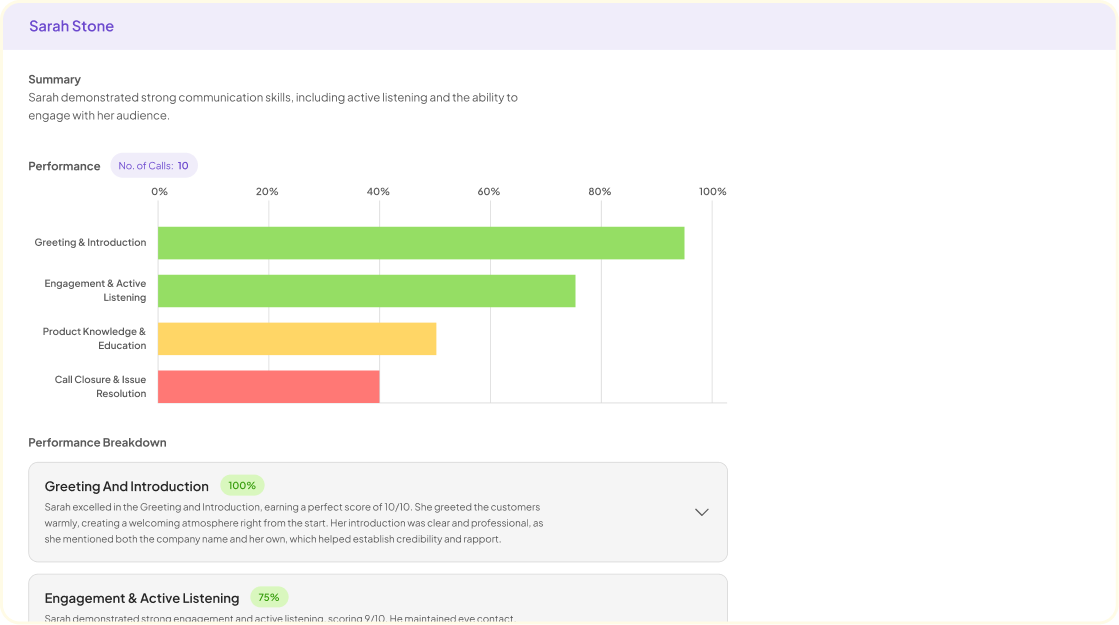Sentiment Analysis Hurdles can create significant challenges for organizations aiming to derive actionable insights from customer data. As businesses increasingly rely on customer feedback to inform their strategies, the complexity of understanding sentiment becomes paramount. Accurate sentiment analysis requires sophisticated tools and methodologies to interpret emotions expressed in text, which are often nuanced and context-dependent.
Moreover, the sheer volume of data generated today poses another hurdle. Traditional methods of data analysis struggle to keep pace, leading to delays in decision-making. Many organizations find it difficult to translate insights from sentiment analysis into effective business actions. Streamlining this process is crucial, as those who can navigate these hurdles will gain a competitive edge in their industry.
Key Sentiment Analysis Hurdles in Textual Data
Key Sentiment Analysis Hurdles manifest prominently in textual data due to various complexities inherent in the nature of human language. First, ambiguity in language creates a significant barrier. Words can have multiple meanings based on context, leading to inaccurate sentiment interpretations. Next, sarcasm and irony further complicate the analysis, as these expressions often convey sentiments contrary to the literal meaning. Many systems struggle to detect these subtleties, resulting in misclassifications.
Additionally, the challenge of handling domain-specific language or jargon must not be overlooked. Different industries or communities often develop unique terminology that can confuse standard sentiment analysis algorithms. The ever-evolving nature of language also presents hurdles, as new terms and phrases continuously emerge. Finally, sentiment analysis often lacks the human touch needed for nuanced understanding. These challenges demand innovative solutions to improve sentiment analysis accuracy and reliability.
Sentiment Analysis Hurdles: Ambiguity and Context
Sentiment analysis hurdles arise mainly due to the inherent ambiguity and context that surrounds human language. Language is not static; it evolves and varies across regions, cultures, and situations, complicating the task of accurately gauging sentiment. Words may carry different meanings depending on context, leading to misunderstandings. For example, a statement that appears positive in one context could be negative in another. This fluidity makes it challenging for algorithms to deliver precise and reliable analyses.
Additionally, subtle nuances like sarcasm, idioms, or cultural references can elude standard analysis techniques, which often rely on simplified interpretations of text. This limitation results in inaccurate sentiment classification, hindering effective decision-making. Therefore, addressing these sentiment analysis hurdles is crucial for organizations that depend on accurate insights for strategic planning and customer engagement. By improving context understanding and ambiguity resolution, businesses can significantly enhance the quality and applicability of sentiment analysis outcomes.
Sentiment Analysis Hurdles: Sarcasm and Irony
Sentiment analysis faces significant hurdles, particularly when it comes to interpreting sarcasm and irony. These two forms of expression can radically alter the intended sentiment, making it challenging for algorithms to correctly classify the overall emotion. For example, a sentence like "Oh, great, another rainy day!" could easily be mistaken for a positive statement without understanding the speaker's true feelings.
The nuances of human communication, such as tone, context, and cultural references, often escape automated systems. This inability to grasp contextual cues leads to misinterpretations, resulting in skewed data and unreliable insights. Moreover, sarcasm and irony frequently rely on shared knowledge between the speaker and listener, further complicating the analytical process. Therefore, overcoming these sentiment analysis hurdles requires a sophisticated blend of linguistic understanding and machine learning advancements to improve accuracy and reliability in sentiment detection.
Tackling Sentiment Analysis Hurdles: Language and Culture
Sentiment analysis hurdles related to language and culture present significant challenges for analysts and organizations alike. Cultural nuances and regional dialects can affect how sentiment is expressed in text. For instance, humor, sarcasm, or colloquial phrases may have different meanings in varied cultural contexts, complicating interpretation. These challenges underscore the importance of contextual understanding when analyzing sentiments.
Additionally, language diversity impacts the development of sentiment analysis models. Most models are typically trained on specific language data and may struggle with languages or dialects that are less represented. This can lead to inaccuracies in sentiment prediction and limit the usefulness of insights derived from such analyses. Organizations must prioritize incorporating diverse data sets to create more robust sentiment analysis frameworks that consider cultural and linguistic variations. By doing so, they can better meet the needs of their global audience and enhance the reliability of their insights.
Sentiment Analysis Hurdles: Multilingual Challenges
Sentiment analysis hurdles arise significantly in multilingual contexts due to linguistic diversity. Different languages possess unique idioms, cultural nuances, and emotional expressions, creating challenges in accurately interpreting sentiments. For instance, a single word may convey varied sentiments in different languages or regions, adding to the complexity of emotion recognition.
Moreover, the availability of quality training data in multiple languages is often limited. Most sentiment analysis models are primarily developed in English, leading to inadequate performance when applied to other languages. Furthermore, understanding context is essential; for example, sarcasm or irony might be expressed distinctly across cultures. Consequently, organizations must invest in developing language-specific models and frameworks to address these hurdles effectively. By acknowledging these challenges, companies can work toward more inclusive and accurate sentiment analysis practices.
Sentiment Analysis Hurdles: Cultural Nuances
Sentiment Analysis Hurdles arise significantly from cultural nuances that affect the interpretation of language and emotion. Different cultures express feelings, humor, and sarcasm in distinctive ways. For example, while one culture may appreciate direct feedback, another might favor subtlety and understatement. This divergence can lead to misunderstandings when analyzing sentiment, as automated systems may misinterpret the emotional intent behind certain phrases or expressions.
Moreover, linguistic variations, idiomatic expressions, and local dialects complicate sentiment analysis. Phrases that are positive in one cultural context might be viewed entirely differently in another. Addressing these challenges requires a nuanced approach to design sentiment analysis frameworks that account for cultural diversity. By being aware of these cultural nuances, organizations can develop more robust sentiment analysis tools, thereby enhancing the accuracy of insights derived from customer feedback. Ultimately, understanding these hurdles will facilitate better engagement strategies and improve overall customer satisfaction.
Conclusion: Overcoming Sentiment Analysis Hurdles for Better Insights
To overcome sentiment analysis hurdles, organizations must first acknowledge the limitations of traditional methods. As data generation continues to grow, conventional approaches often fall short in providing timely insights. This can lead to inefficiencies in translating customer feedback into actionable business strategies. Embracing modern tools and techniques can help alleviate these challenges, making it easier to capture and interpret the nuances of customer sentiments.
Moreover, collaboration among teams should be prioritized to streamline insight sharing. When insights are siloed across different platforms or files, the potential for impactful decision-making diminishes significantly. By fostering an integrated environment, companies can ensure that valuable insights are accessible and utilized effectively. Investing in advanced sentiment analysis techniques will not only enhance understanding but also ultimately drive better business outcomes.


